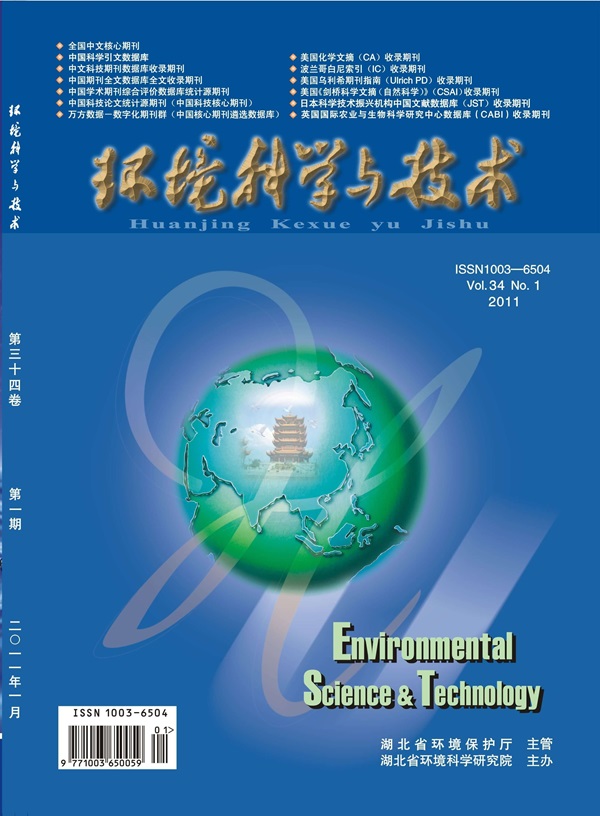Accountability Assessment of Source-Specific Impacts of Regulations on Emissions and Air Quality Using Positive Matrix Factorization
IF 10.8
1区 环境科学与生态学
Q1 ENGINEERING, ENVIRONMENTAL
引用次数: 0
Abstract
Emission controls targeting electric generating units (EGUs) and mobile sources have been implemented for decades to mitigate PM2.5 concentrations. Impacts of emission controls on source-apportioned PM2.5 concentrations (diesel/gasoline vehicles, biomass burning, secondary nitrate, secondary sulfate, soil/road dust, and residual oil estimated via positive matrix factorization) across three U.S. highly urbanized regions─Atlanta, New York City, and the South Coast Air Basin (SoCAB)─from 2005 to 2019 were evaluated. We considered major controls on EGUs, mobile sources, ports, and heating fuel. Daily counterfactual source-apportioned PM2.5 concentrations without emission controls were estimated based on meteorological indicators and counterfactual emissions using the generalized additive model. Results indicate that emission controls reduced the PM2.5 concentrations by 65–85% across all regions. Secondary sulfate concentrations without EGU controls would be 4.8 times higher, and diesel-vehicle-related PM2.5 would increase 6.8 times without mobile controls in Atlanta. Secondary inorganic aerosols in New York City would increase 5-fold from 1.92 to 10.5 μg/m3, shifting the dominant PM2.5 contributors. Seasonal trends in the counterfactual PM2.5 concentrations were similar to the actual trends, but the peaks in the counterfactual scenario were clearer than those with emission controls.

求助全文
约1分钟内获得全文
求助全文
来源期刊

环境科学与技术
环境科学-工程:环境
CiteScore
17.50
自引率
9.60%
发文量
12359
审稿时长
2.8 months
期刊介绍:
Environmental Science & Technology (ES&T) is a co-sponsored academic and technical magazine by the Hubei Provincial Environmental Protection Bureau and the Hubei Provincial Academy of Environmental Sciences.
Environmental Science & Technology (ES&T) holds the status of Chinese core journals, scientific papers source journals of China, Chinese Science Citation Database source journals, and Chinese Academic Journal Comprehensive Evaluation Database source journals. This publication focuses on the academic field of environmental protection, featuring articles related to environmental protection and technical advancements.
 求助内容:
求助内容: 应助结果提醒方式:
应助结果提醒方式:


